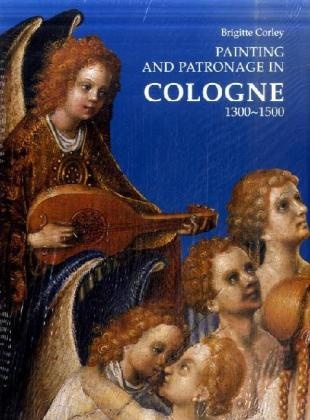Read more
Cologne in the later Middle Ages was an elegant and wealthy mercantile city much favoured by popes and emperors. The largest town in Northern Europe, the site of an important university and seat of a major archbishopric, it had a cosmopolitan population of painters, illuminators, sculptors and goldsmiths and a patrician class who were sophisticated collectors and knowledgeable patrons of art. This book - the first such study in English - traces the development of the Cologne school of painting over two centuries. It begins with the period before 1400, when the adaption of French ideas to the indige- nous tradition produced an elegant, genteel art, characterized by elongated figures and graceful gestures. A change was heralded by the Veronica Master's introduction of the International Courtly Style around 1400, with its sophisticated iconography, costly pigments, exquisite punchwork, gesso jewels and precious brocade fabrics, and by the Dombild Master's introduction around 1440 of Eyckian proportions and realism. In the final phase of this development, the Master of the St Bartholomew Altarpiece opened the door to the Renaissance with his highly distinctive style and innovative iconography. The book is fully illustrated and accompanied by a translation of the guild regulations; a biographical index of archbishops and lay patrons; and a hand- list of cited panels grouped according to location.
About the author
Brigitte Corley, in London promoviert, spezialisierte sich auf nordeuropäische Kunst, insbesondere spätmittelalterliche deutsche Malerei. Sie lehrt und schreibt insbesondere über die Kunst der Frühen und Hohen Renaissance des Nordens. Brigitte Corley ist Mitglied der Association of Art Historians in England sowie der amerikanischen Historians of Netherlandish Art, der International Association of Art Critics und des Verbandes Deutscher Kunsthistoriker, Fellow der Royal Society of Arts und der Society of Antiquaries of London. Sie schrieb Beiträge zu internationalen Konferenzen.
Report
"This study represents an impressive achievement; and it is a welcome addition to our growing corpus of English-language studies on later medieval German and central European art." (M. Renger in Historians of Netherlandish Art Newsletter, 19.1, 2002)

